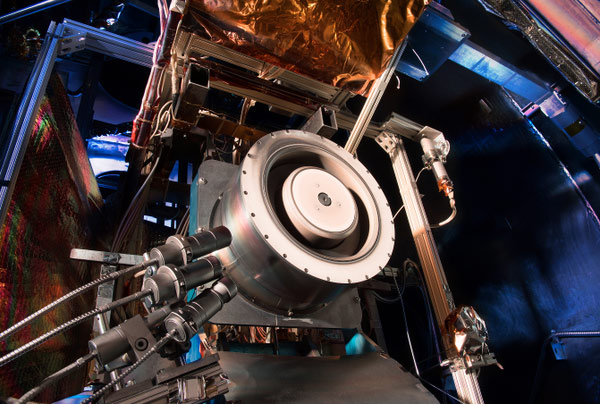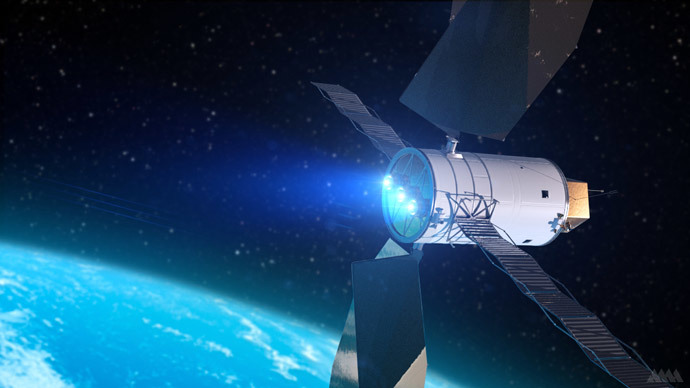Explore the surface of Mars by solar energy
Recently, at a press conference in the United States, NASA proposed to the space agencies the use of SEP photovoltaic engines to directly explore the surface of Mars instead of landing on planetary targets. .
NASA will directly explore the surface of Mars by solar energy
Yesterday, RT reported the latest science on the Mars discovery journey in the US: NASA Advisory Council proposed to the space agency to implement a project to use Solar Electric Propulsion. Collect geological specimens from a Mars moon instead of landing on an asteroid.
The recommendations were proposed at the end of the meeting that took place last Friday and there was a unanimous vote. All opinions of the NASA Advisory Council are advice and give space agencies time to do a thorough research to make the best decision.

Explore Mars with the push of solar power SEP
NASA said it is looking for ways to reduce costs and enhance its mission of exploring Mars thanks to the solar system. The Solar Electric Propulsion (SEP) project aims to create a way to use less fuel than usual and take advantage of the available energy in space as fuel.
A project involving the design of ' solar wings ' aims to provide high-level electrical energy to spacecraft. The engineers have created a large device, flexible operation, high radiation resistance, small and light, convenient to put into space to collect solar energy. NASA said that there are two designs currently under review: "A version designed to create pleated-like folds, another version is constructed like a rolling carpet ."

NASA will directly explore the surface of Mars instead of landing at asteroids
To test the new project, NASA is considering the ARM mission: 'Moving stones' from an asteroid to the neighborhood using unmanned spacecraft using solar electric propulsion . Currently, this project has received support of 25 billion USD from the National Assembly and scientists.
Wayne Hale, a former shuttle program manager, suggested collecting geological samples from Phobos, one of Mars's moons, within 11.2 km. The project may still face many technical difficulties as well as implementation time, however, it will guide people to a mysterious Mars discovery journey.
- NASA builds interactive web to help you explore the surface of Mars yourself
- Disclosure is little known about the plan to explore ice on Mars
- Video: NASA can use unmanned aircraft to explore Mars
- Typhoon is equivalent to one million tons of explosives causing Mars to be dry
- The raw images of the Red planet are sent back to Earth
- What mystery of Mars awaits discovery?
- 'White Christmas' on the surface of the red planet
- Mystery of life beneath the surface of Mars
- The surface of Mars is still inactive
- New discovery of life survival under the surface of Mars
- Mars may contain a giant ice lake
- The tiny spherical robots will explore Mars
 Van Allen's belt and evidence that the Apollo 11 mission to the Moon was myth
Van Allen's belt and evidence that the Apollo 11 mission to the Moon was myth The levels of civilization in the universe (Kardashev scale)
The levels of civilization in the universe (Kardashev scale) Today Mars, the sun and the Earth are aligned
Today Mars, the sun and the Earth are aligned The Amazon owner announced a secret plan to build a space base for thousands of people
The Amazon owner announced a secret plan to build a space base for thousands of people